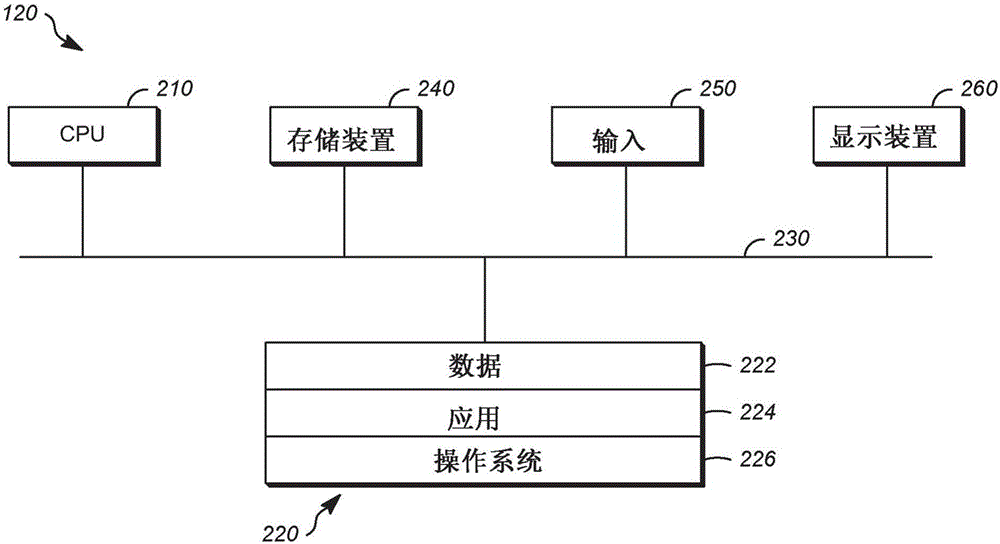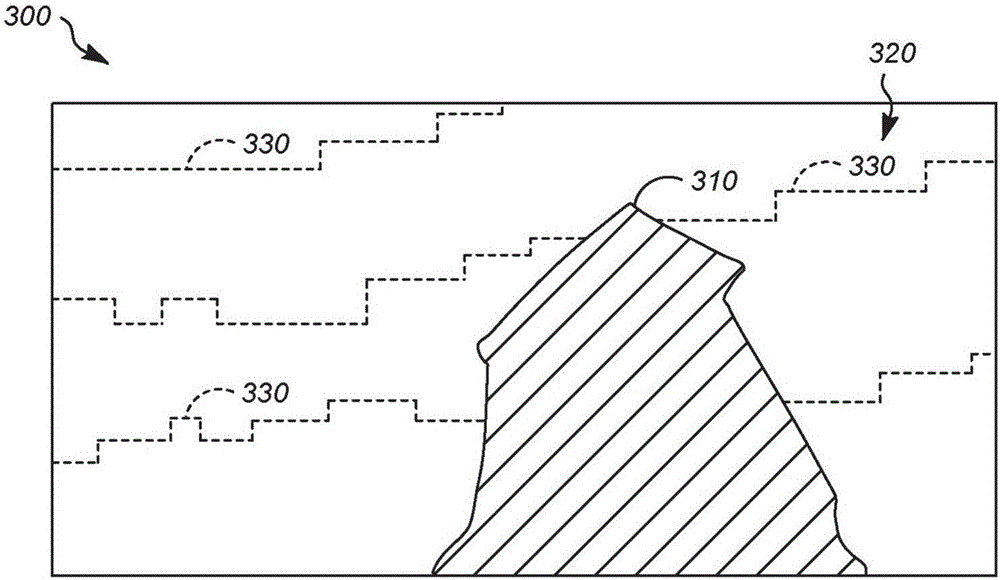System and method for increasing the bit depth of images
An image and pixel value technology, applied in the field of increasing the bit depth of images and videos, can solve problems such as increasing images
- Summary
- Abstract
- Description
- Claims
- Application Information
AI Technical Summary
Problems solved by technology
Method used
Image
Examples
Embodiment Construction
[0021] The systems and methods described herein relate to increasing the bit depth of digital images by applying threshold-based blurring at multiple scales. Automatically determines the size of the blur by applying the blur at multiple scales. By applying a per-scale threshold, the need to explicitly segment images based on their content is avoided. Each blur operation and threshold operation can be applied individually to discrete regions of the image, such as groups of pixels, to localize the effects of the blur and maintain edge characteristics. Optionally, filtering operations can be applied by using an offset copy of the image to ensure smooth interpolation.
[0022] figure 1 is a block diagram illustrating an example of an environment 100 in which a system for increasing the bit depth of an image may be implemented. Environment 100 includes a transmitting station 110 and a receiving station 120 connected by a network 130 . Transmitting station 110 and receiving stat...
PUM
 Login to View More
Login to View More Abstract
Description
Claims
Application Information
 Login to View More
Login to View More - R&D
- Intellectual Property
- Life Sciences
- Materials
- Tech Scout
- Unparalleled Data Quality
- Higher Quality Content
- 60% Fewer Hallucinations
Browse by: Latest US Patents, China's latest patents, Technical Efficacy Thesaurus, Application Domain, Technology Topic, Popular Technical Reports.
© 2025 PatSnap. All rights reserved.Legal|Privacy policy|Modern Slavery Act Transparency Statement|Sitemap|About US| Contact US: help@patsnap.com



